Saigoku Kannon Pilgrimage, Japan’s Oldest Pilgrimage
Many outside of Japan assume that the most important pilgrimage one can take in Japan is the Shikoku 88 Pilgrimage. However, the Shikoku 88 is not the most sacred, historic, or even the most culturally significant pilgrimage in Japan. That honor belongs to the Saigoku Kannon Pilgrimage.
What is Saigoku Kannon Pilgrimage?
Saigoku Pilgrimage consists of 33 temples dotted mostly throughout the Kansai region. Though the temples’ religious sect vary, one thing in common: they all enshrine the Goddess of Mercy, Kanzeon Bosatsu or commonly known Kannon Bosatsu [観音菩薩]. Kannon Bosatsu can take any of 33 different forms in order to help people understand the teachings of Buddha. People believe any and all sins you committed in this world will vanish, if you visit all 33 of her temples.
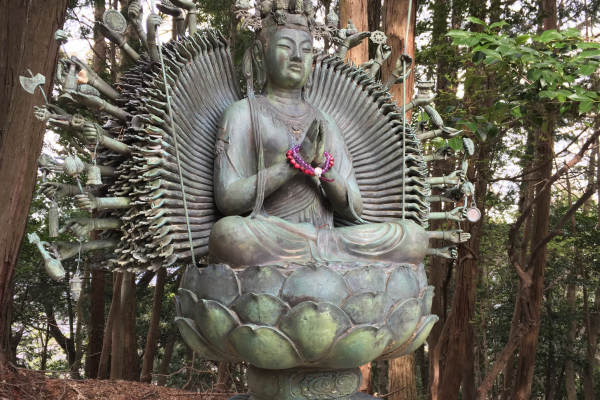
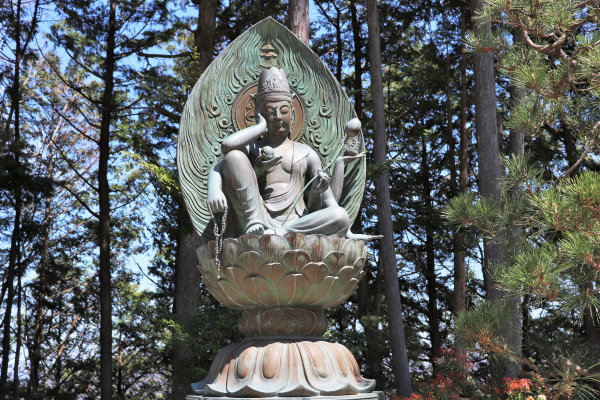

While there are many pilgrimages in Japan such as Shikoku or Bando pilgrimages, the Saigoku Kannon Pilgrimage is the oldest pilgrimage and is celebrating 1,300 years as of 2018.
The History of Saigoku Kannon Pilgrimage
Supposedly, around 1,300 years ago the head monk of Hase-dera Temple, Tokudo [徳道], was trapped in a coma.
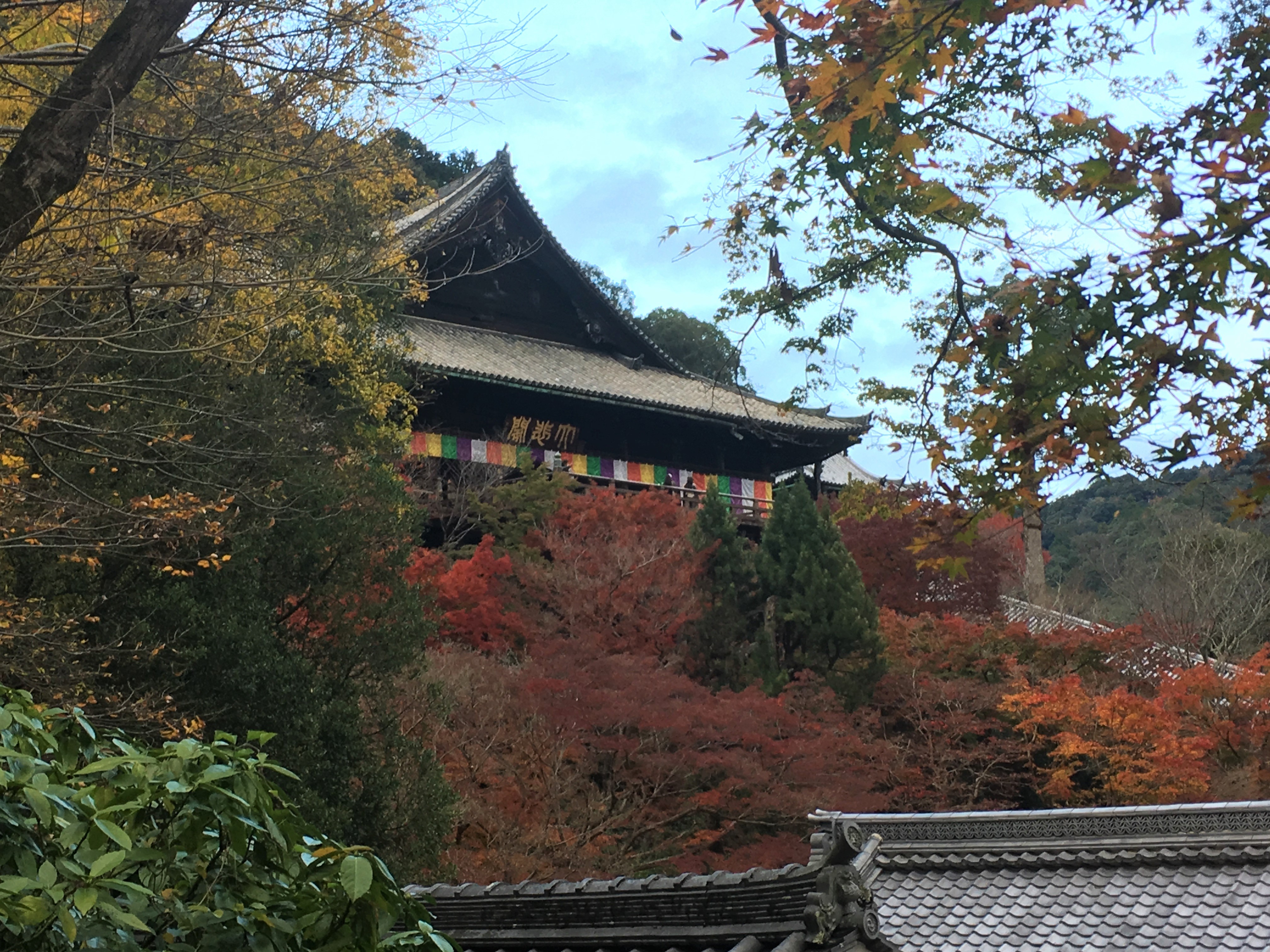
During his coma he claimed that he met Enma-ou, the king of hell, at the entrance of Meido. Enma-ou told Tokudo that the number of people going to hell had increased dramatically. However, if people can visit the 33 temples of Kannon Bosatsu, their sins will be reduced. Enma-ou then gave Tokudo the seals (today called shuin [朱印]) of all 33 temples and sent him back to the land of the living.
The First Pilgrimage
Though Tokudo tried to encourage people to go visit the 33 temples like Enma-ou instructed, sadly, few listened. Disheartened, Tokudo saved the seals he received from Enma-ou in Nakayama-dera Temple. It was only 70 years after Tokudo’s death that Emperor Kazan found these temple seals. Emperor Kazan took Tokudo’s beliefs to heart and went on the first Saigoku Kannon Pilgrimage. At each temple he visited, he read poem, now known as a goeika [ご詠歌]. Today, when you visit any of the 33 temples and ask for the temple seal, you may choose to receive a copy of the goeika Kazan recited at that particular temple.

The Evolution of the Saigoku Kannon Pilgrimage
For a long time, the Saigoku Kanno Pilgrimage was exclusive to the imperial family and the aristocracy. Then, in the Muromachi Period, regular people started taking the pilgrimage too. By the Edo Period, most people went to Ise Jingu before starting their pilgrimage to the Kannon temples. That’s why the closest temple to Ise, Seiganto-ji temple in Nachi, is the first temple in the Saigoku Pilgrimage.
Temples of the Saigoku Kannon Pilgrimage
| Number | Temple Name | Location | Accessibility |
| 1 | Seiganto-ji [青岸渡寺] | Nachikatsuura, Wakayama | Hard |
| 2 | Kimii-dera [紀三井寺] | Wakayama City, Wakayama | Normal |
| 3 | Kokawa-dera [粉河寺] | Kinokawa, Wakayama | Hard |
| 4 | Sefuku-ji [施福寺] | Izumi, Osaka | Very Hard |
| 5 | Fujii-dera [葛井寺] | Fujiidera, Osaka | Normal |
| 6 | Tsubosaka-dera [壷阪寺] | Takatori, Nara | Hard |
| 7 | Oka-dera [岡寺] | Asuka, Nara | Hard |
| Bangai | Hokki-in [発起院] | Sakurai, Nara | Normal |
| 8 | Hase-dera [長谷寺] | Sakurai, Nara | Normal |
| 9 | Kofuku-ji [興福寺] | Nara, Nara | Easy |
| 10 | Mimuroto-ji [三室戸寺] | Uji, Kyoto | Easy |
| 11 | Daigo-ji [醍醐寺] | Kyoto, Kyoto | Easy |
| 12 | Shoho-ji (Iwama-dera) [正法寺] | Otsu, Shiga | Very Hard |
| 13 | Ishiyama-dera [石山寺] | Otsu, Shiga | Normal |
| 14 | Mii-dera [三井寺] | Kyoto, Kyoto | Normal |
| Bangai | Gankei-ji [元慶寺] | Kyoto, Kyoto | Normal |
| 15 | Kannon-ji [今熊野観音寺] | Kyoto, Kyoto | Easy |
| 16 | Kiyomizu-dera [清水寺] | Kyoto, Kyoto | Easy |
| 17 | Rokuharamitsu-ji [六波羅蜜寺] | Kyoto, Kyoto | Easy |
| 18 | Choho-ji [頂法寺] | Kyoto, Kyoto | Easy |
| 19 | Gyogan-ji [行願寺] | Kyoto, Kyoto | Easy |
| 20 | Yoshimine-dera [善峯寺] | Kyoto, Kyoto | Hard |
| 21 | Anao-ji [穴太寺] | Kameoka, Kyoto | Hard |
| 22 | Soji-ji [総持寺] | Ibaraki, Osaka | Easy |
| 23 | Katsuo-ji [勝尾寺] | Minoo, Osaka | Hard |
| 24 | Nakayama-dera [中山寺] | Takarazuka, Hyogo | Easy |
| Bangai | Kazanin Bodai-ji [花山院菩提寺] | Sanda, Hyogo | Hard |
| 25 | Kiyomizu-dera [清水寺] | Kato, Hyogo | Very Hard |
| 26 | Ichijo-ji [一乗寺] | Kasai, Hyogo | Hard |
| 27 | Engyo-ji [圓教寺] | Himeiji, Hyogo | Hard |
| 28 | Nariai-ji [成相寺] | Miyazu, Kyoto | Hard |
| 29 | Matsunoo-dera [松尾寺] | Maizuru, Kyoto | Very Hard |
| 30 | Hogon-ji [宝厳寺] | Nagahama, Shiga | Hard |
| 31 | Chomei-ji [長命寺] | Omihachiman, Shiga | Hard |
| 32 | Kannonsho-ji [観音正寺] | Omihachiman, Shiga | Hard |
| 33 | Kegon-ji [華厳寺] | Ibigawa, Gifu | Hard |
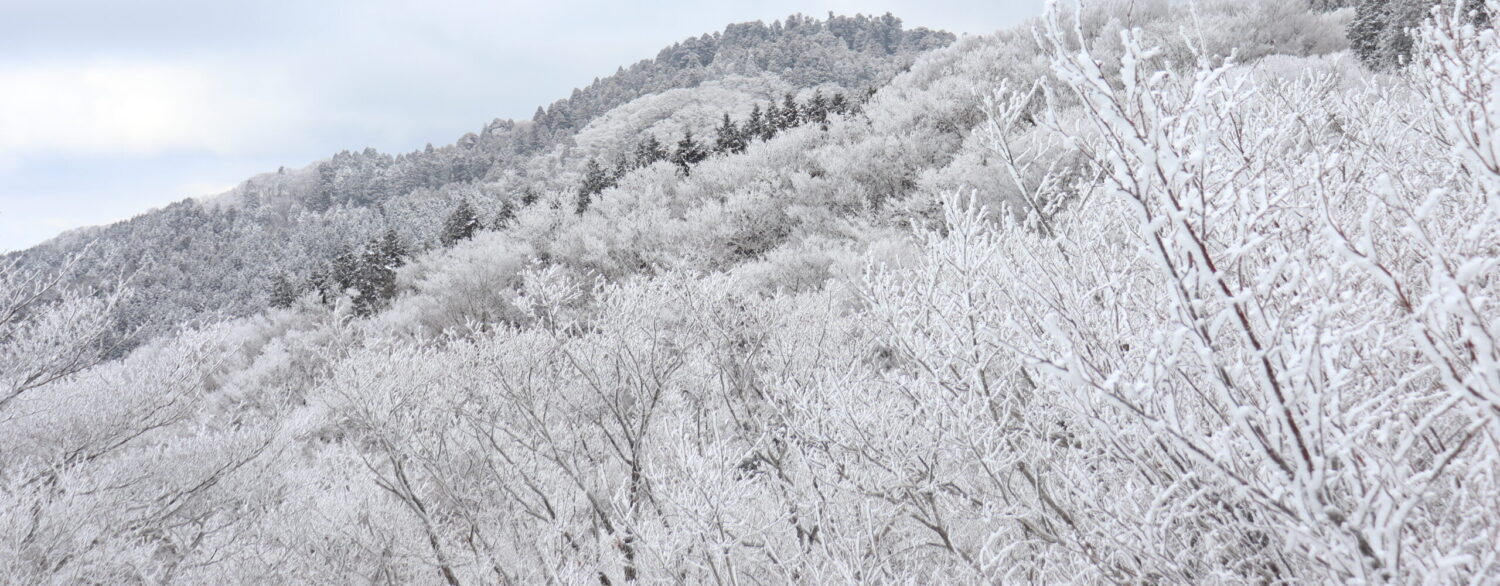
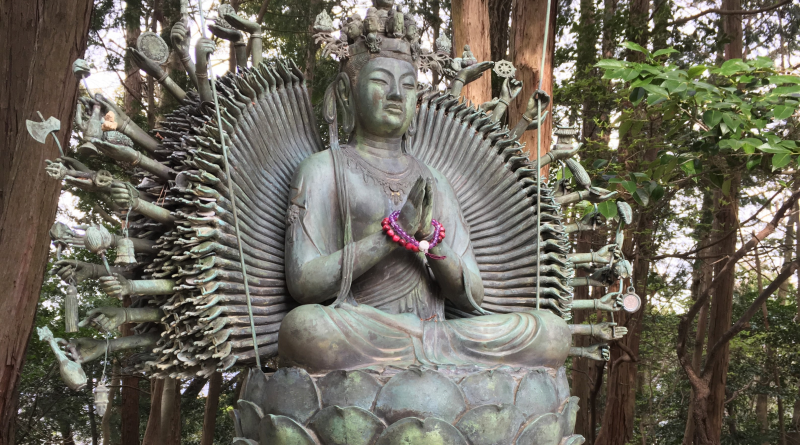
Leave a Reply